GFCI (Ground Fault Circuit Interruption) outlets are electrical outlets designed for added safety. They are often used in bathrooms, kitchens and outdoors as a way to protect against electric shock should there be an issue with the wiring or appliances connected to them.
When wiring a GFCI outlet with multiple outlets, it’s important to keep in mind that all of the outlets must be wired to the GFCI outlet in order for it to work. This means that you’ll need to have some knowledge of electrical wiring and you may want to consult an electrician if you’re uncertain about your abilities.
What is a GFCI outlet?
The outlet works by monitoring the amount of current flowing through it and will shut off if there’s any imbalance, which could indicate a short circuit or other dangerous situation. [1]
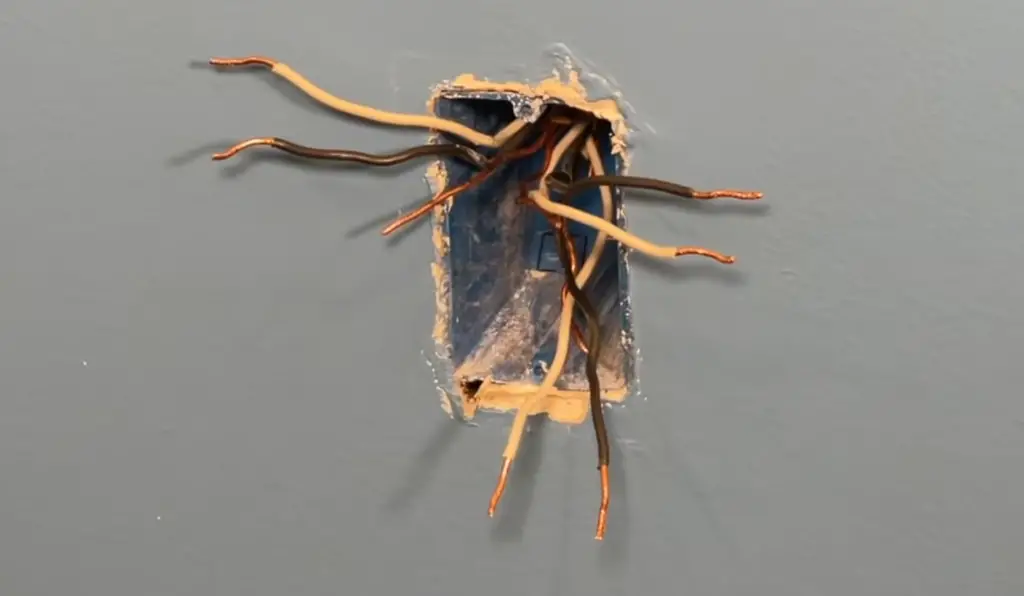
What is the benefit of using multiple outlets with a GFCI outlet?
Having a GFCI outlet with multiple outlets installed in your home offers several advantages. For one, it allows you to protect all the outlets connected to it at once, instead of having to install individual GFCI outlets throughout the house. It also saves space and eliminates the need for excess wiring, as multiple outlets can be wired into one location. Additionally, if one of the outlets trips, the power to all of them will be cut off, further protecting you from potential electrical shocks. [1]
What are the disadvantages of using multiple GFCI outlets on the same circuit ?
Although wiring multiple GFCI outlets on the same circuit is a great way to ensure safety, there are some potential drawbacks.
For one, it can be difficult to diagnose which outlet is tripping if you have several outlets wired together. This may result in trial and error when troubleshooting a problem. Additionally, using more than one GFCI outlet on the same circuit can cause confusion, because it is not clear whether one outlet is controlling the entire circuit or just a portion of it.
Finally, due to the increased load placed on the GFCI, using multiple outlets may reduce its service life, as wear and tear from electrical surges can accumulate more quickly. [1]
How to Wire a GFCI Outlet With Multiple Outlets?
Wiring a GFCI outlet with multiple outlets is not as difficult as it may seem. With the right materials and some basic knowledge, most homeowners can complete this type of project in just a few hours. In this article, we’ll provide answers to frequently asked questions about wiring a GFCI outlet with multiple outlets and offer useful tips for completing your project safely and effectively.
First, let’s address a few of the most common questions people have about wiring a GFCI outlet with multiple outlets:
- Do I need to buy special wiring for a GFCI outlet?
- How do I know where to connect the wires?
- Is it safe to use regular electrical wire for a GFCI outlet?
The answer to all of these questions is yes. You will need to purchase special wiring for a GFCI outlet, since regular electrical wire won’t be able to withstand the higher current that the GFCI requires. Additionally, you’ll need to know where the wires should be connected in order for your outlets to work properly.
Now that you have a better understanding of the basics, let’s discuss how to wire a GFCI outlet with multiple outlets. Before beginning any wiring project, be sure to turn off power to the area you’ll be working on. This will help protect you from potential electric shock and keep your home safe.
Once the power is off, begin by connecting the wires to the GFCI outlet. The black wire should be connected to the brass screw, and the white wire should be connected to the silver screw. It’s important to note that any additional outlets you’re wiring should also have a black and white wire attached.
Next, run a pigtail wire from each of your other outlets back to the GFCI outlet. This will allow current to flow from the GFCI outlet to each of your other outlets. Finally, attach all of the ground wires and cover plates, and turn the power back on.
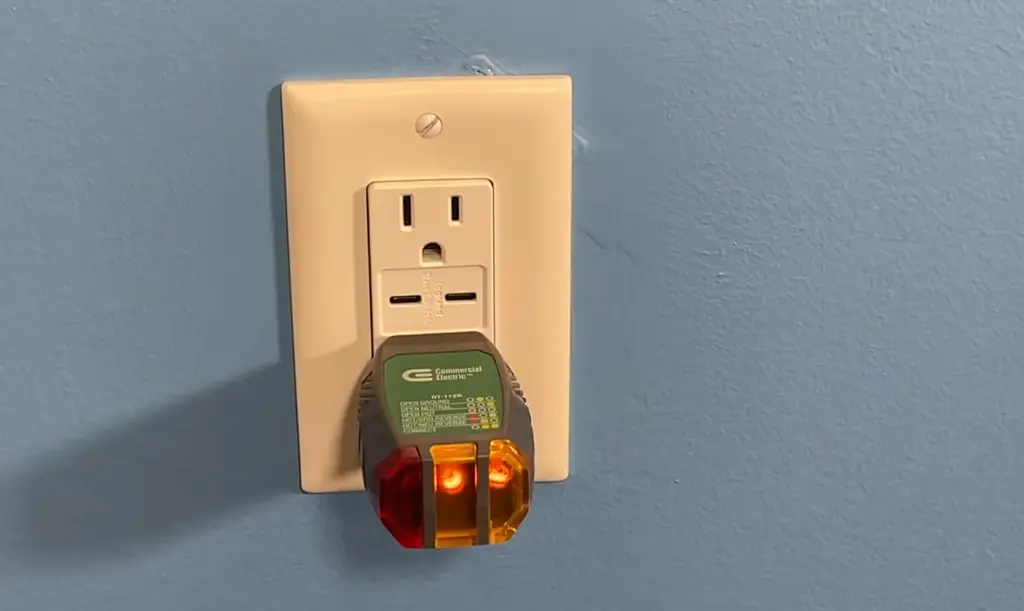
When you’re finished wiring a GFCI outlet with multiple outlets, it’s important to test your work. [1]
What Happens If You Wire a GFCI Backwards?
When wiring a GFCI outlet with multiple outlets, it is important to pay attention to which way the wires are connected. If you wire the GFCI backwards, it won’t work properly and may even become a safety hazard.
If the wires on your GFCI outlet are connected in reverse, they will not be able to provide the outlet with enough power to operate correctly. This can cause the GFCI to trip when it shouldn’t, or worse, not trip at all when it should. If the GFCI is not tripping when it should, this could potentially create a dangerous situation where an electrical device or appliance is left powered on and could pose a shock hazard. [1]
Can You Install a GFCI Outlet Anywhere?
Yes, you can install a GFCI outlet anywhere in your home as long as it’s not near potential sources of water and is properly connected to the power source. The National Electrical Code (NEC) requires all outdoor outlets, kitchens, bathrooms, laundry rooms and basements to be protected by GFCI outlets.
Before installing a GFCI outlet with multiple outlets, make sure the power is turned off. Test each wire to ensure there is no voltage present. [1]
Choosing a GFCI Outlet
When wiring a GFCI outlet with multiple outlets, the most important question to consider is which type of GFCI outlet to use. There are two main types of GFCI outlets: standard and self-test. Standard GFCI outlets require manual testing and resetting, while self-test models have built-in circuitry that automatically test themselves on a regular basis.
For most applications, self-test GFCI outlets are the best choice because they provide the highest level of protection against electrical shocks and can even detect ground faults while the circuit is in use. Self-test GFCI outlets must also be replaced when they no longer pass their built-in tests, so you don’t have to worry about manually testing and resetting them.
Once you have chosen the type of GFCI outlet to use, it’s time to begin the installation process. [1]
Can One GFCI Protect Multiple Outlets?
Yes. You can wire multiple outlets to a single GFCI outlet. This is the most common way of wiring a GFCI outlet with multiple outlets. Wiring multiple outlets to a GFCI outlet protects all the other outlets in the circuit from shock or short-circuiting if something goes wrong. [2]
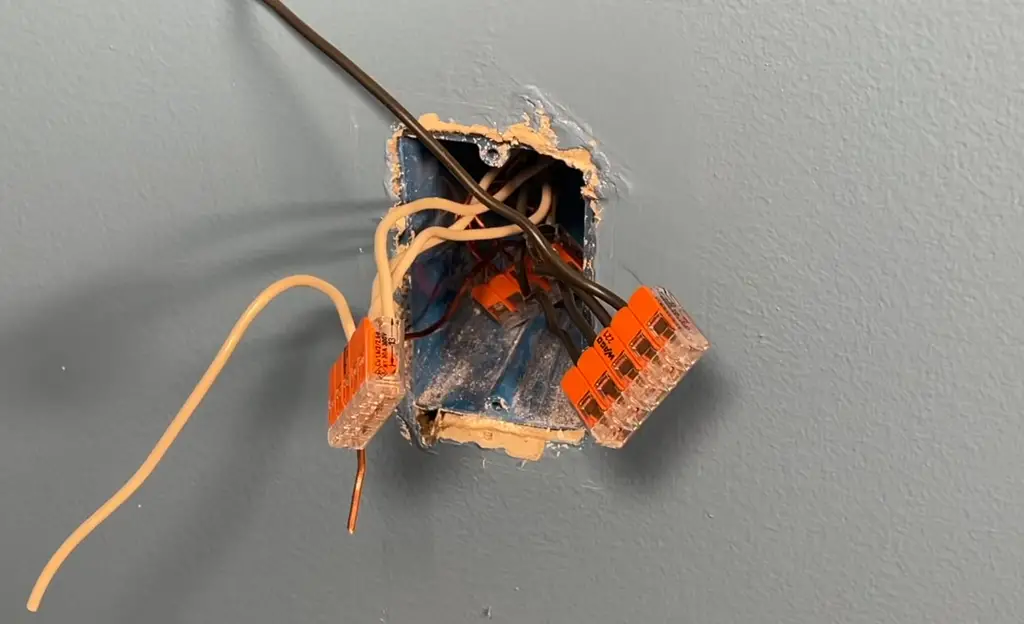
Does a GFCI Have to Be the First Outlet?
No, it doesn’t have to be the first outlet. The important thing is that any outlets further down a circuit must be protected by the GFCI. It’s possible to wire several outlets in series and have them all protected by a single GFCI device. However, for safety reasons it’s not recommended to use more than one device on a single circuit. [2]
Can You Daisy Chain GFCI Outlets?
It is not recommended to daisy-chain GFCI outlets. Daisy-chaining is the practice of connecting one GFCI outlet to another, which creates a potential safety hazard since you are creating a circuit with no overload protection. Overloaded circuits can become dangerous and cause electrical fires.
It’s also important to note that when wiring multiple outlets, each outlet must be wired to its own dedicated circuit. This means that each outlet should have its own electrical line leading directly to the breaker box and its own switch or circuit breaker. This is essential for ensuring a safe connection and maximum power output. [2]
Using a GFCI Outlet – Does Power Go to Line Or Load on GFCI?
When wiring a GFCI outlet with multiple outlets, it’s important to determine whether the power will go to the line or load on the GFCI. It’s also important to understand what these terms mean.

The “line” side of the GFCI is where you will connect your incoming power source (from your main electrical panel or a direct source). This is where the power enters the GFCI.
The “load” side of the GFCI is the output, and this is where you will connect all of the downstream outlets, which are connected in parallel with each other.
When wiring a GFCI outlet with multiple outlets, you should always connect the incoming power source (the line) to the “line” terminals on the GFCI outlet. Then, all of your downstream outlets should be connected to the “load” terminals on the GFCI outlet. [2]
How Many Outlets Can Be on a 20 Amp Circuit?
The number of outlets that can be safely connected to a 20 ampere circuit is determined by the wattage rating of each outlet and the total wattage used by all of the connected devices. As per electrical code guidelines, an average 15-amp circuit should be wired on a 14-gauge wire while 20-amp circuits need 12 gauge wires.
You may also consider the number of outlets you will need for each room in your house. For example, if you need multiple outlets in your kitchen for all your appliances, then you may require more than one GFCI outlet to accommodate them. [2]
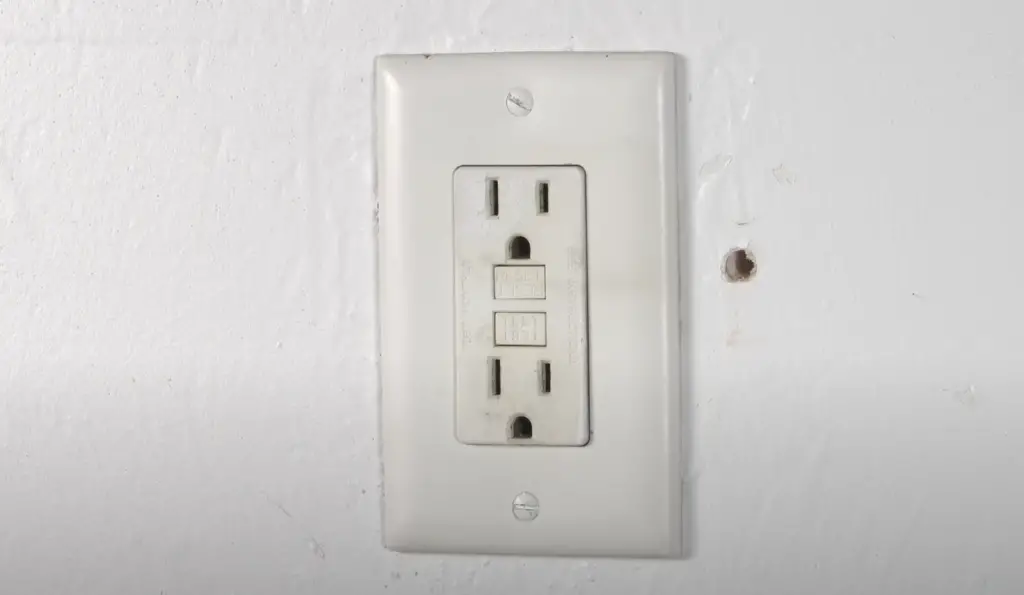
FAQ
Can a GFCI protect multiple outlets?
Yes, it is possible to wire a GFCI outlet with multiple outlets. A GFCI (ground fault circuit interrupter) is an important safety device that will protect you and your family against electrical shocks. By installing a GFCI, you can be sure that no current will pass through any of the outlets that are connected to it. When wiring a GFCI outlet with multiple outlets, you must make sure that all of the outlets are properly grounded and securely connected to the GFCI.
How many outlets can I connect to a GFCI?
The number of outlets that can be connected to a GFCI outlet depends on the size and type of GFCI you are using. Generally, it is recommended that no more than 6 outlets are connected to one GFCI. If you need to have more than 6 outlets, you should install multiple GFCIs in different locations.
Can a GFCI outlet control other outlets?
Yes, a single GFCI outlet can control multiple outlets. When wiring a GFCI with multiple outlets, the “line” or “hot” wires of all the connected outlets must be wired into the line terminals of the GFCI. The “load” or “neutral” wires of all of the connected outlets must be wired into the load terminals of the GFCI. This will ensure that the GFCI is controlling all of the connected outlets.
Do I need GFCI on every outlet?
No, it is not necessary to have GFCI on every outlet. However, it is highly recommended that all outlets in wet or damp areas be protected by a GFCI for safety reasons. Additionally, if any of the outlets are used to power kitchen or bathroom appliances such as a dishwasher, they should also be protected by a GFCI.
Will GFCI trip if overloaded?
Yes, a GFCI outlet will trip if overloaded. To ensure that your outlets do not become overloaded, it is important to make sure that the circuit breakers controlling these circuits are of the correct rating for the number and type of appliances connected to them. Additionally, you should never plug more than one appliance into a single outlet. If you are unsure of what rating your circuit breakers should be, consult a qualified electrician for advice.
How many amps can cause a GFCI to trip?
GFCI outlets are designed to respond to current leakage of 5 milliamps or more. If the current leakage is greater than this, it can cause the GFCI outlet to trip. To prevent this from happening, you should never exceed the recommended wattage for each outlet. Additionally, make sure that all wires connected to the GFCI are properly secured.
What can damage a GFCI?
The number one cause of GFCI damage is water. If a GFCI is exposed to any amount of moisture or standing water, it can be permanently damaged and will need to be replaced. Additionally, the use of incorrect voltage or wattage ratings for connected appliances can also result in GFCI damage. To prevent this from happening, always check the instructions on the appliance to make sure that you are using the correct voltage and wattage for the connected circuit.
How many amps does a GFCI trip at?
A GFCI outlet is designed to trip when it detects current leakage of 5 milliamps or more. To prevent your GFCI from tripping due to overload, make sure that you are not exceeding the recommended wattage for each outlet. Additionally, all wires connected to the GFCI should be properly secured and insulated.
Useful Video: How to Replace a GFCI Outlet – Not Working?
Conclusion
Installing a GFCI outlet with multiple outlets requires some electrical knowledge and careful work. However, the process is straightforward, and you can save money by doing it yourself. Be sure to turn off the power before starting any electrical project, and if in doubt, consult a qualified electrician who will be able to answer any questions you may have on how to wire a GFCI outlet with multiple outlets. After installation, be sure to test the GFCI outlet before using it to ensure that it is properly wired and functioning as expected.
We hope this article has been helpful in guiding you through wiring your own GFCI outlet with several outlets! Good luck!
References
- https://conquerallelectrical.ca/how-to-wire-a-gfci-outlet-with-multiple-outlets/
- https://wiringsolver.com/wire-a-gfci-outlet-with-multiple-outlets/





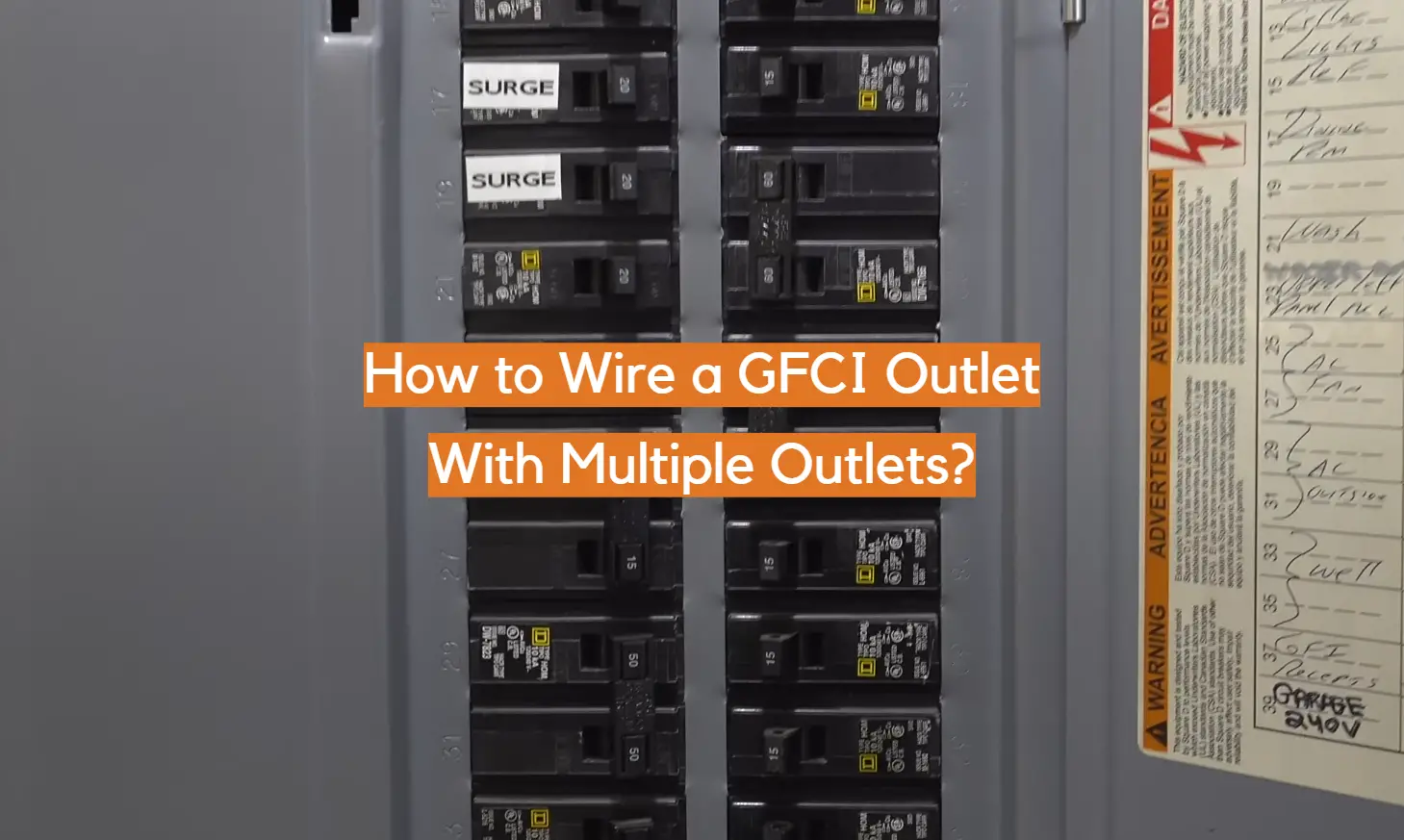



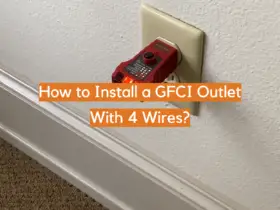

Leave a Reply